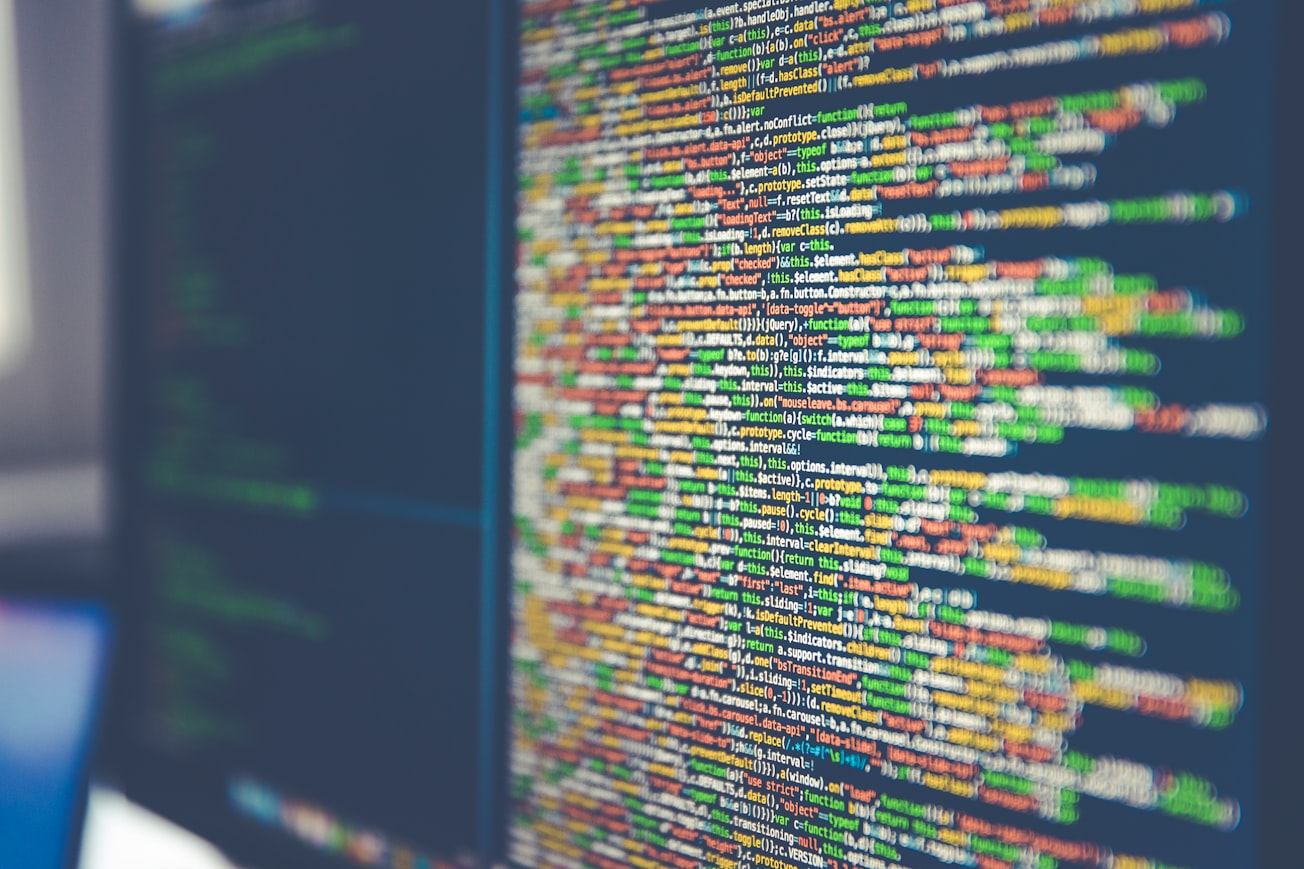What is it about?
Point mutations drive an artificial computer world (Amoeba) to evolve competing replicating programs (organisms) from an initial state consisting of millions of operations randomly selected from a genetic basis set of 25 possible opcodes. The emergence of self-replicating programs occurs in several steps: initially the opcode basis set becomes biased, short opcode building blocks are propagated through memory space, the building blocks self-organize into primitive replicating programs, Darwinian evolution generates more and more efficient replicators.
Featured Image

Photo by Markus Spiske on Unsplash
Why is it important?
Amoeba was the first computer world (1996) to exhibit emergence of self-replicating programs from an initial world consisting of computer operations (opcodes) randomly selected from a genetic basis set (typically 16 to 32) of opcodes. Earlier versions of Amoeba generated replicators merely through a fortuitous combination of opcodes that later evolved into more efficient programs driven by Darwinian evolution. The recent (2017) version of Amoeba exhibits a far richer emergence where Darwinian evolution drives the computer world to self-organize by biasing the basis set and then propagating short building block snippets of code that combine to form replicating programs.
Read the Original
This page is a summary of: Self-Replicators Emerge from a Self-Organizing Prebiotic Computer World, Artificial Life, August 2017, The MIT Press,
DOI: 10.1162/artl_a_00234.
You can read the full text:
Contributors
The following have contributed to this page







